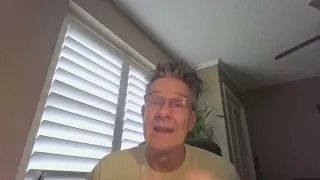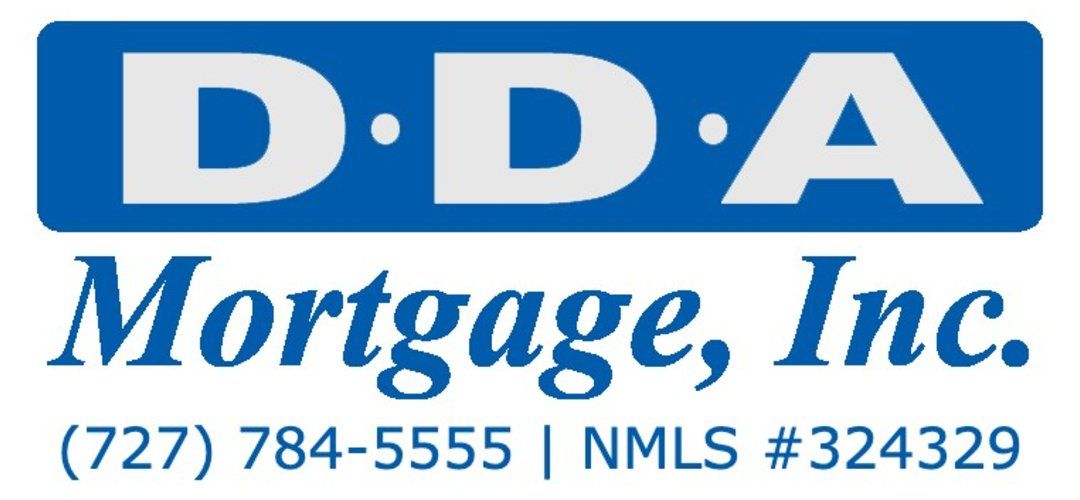Call (727) 784-5555
More renters and homeowners are missing payments
Number of households missing rent or mortgage increase to 5.43 million in October, according to MBA
More than five million households failed to make their rent or mortgage payments in October, an increase compared to the same period of 2020, and a concern for mortgage servicers.
According to the Mortgage Bankers Association‘s Research Institute for Housing America (RIHA), the number of households missing rent or mortgage payments increased from 5.33 million to 5.43 million between October of 2020 and October 2021.
There was also an increase compared to September when the total was 4.71 million.
The data shows that 10.9% of renters missed, delayed, or made a reduced payment in October 2021, compared to 9.6% in September and 7.9% in the same period of 2020.
Meanwhile, 3.8% of homeowners missed their mortgage payment in October, up from 3.2% in September, but down from 5.7% in October 2020. According to the survey results, renters were roughly three times more likely than homeowners to miss payments.
Presented by: Xome
“The economy and labor market continued to improve during the fall months, but the sunset of government support programs, inflationary pressures, and rising COVID-19 cases were all likely factors in the upticks in missed housing payments in September and October,” Gary Engelhardt, an economics professor at Syracuse University, said in a statement.
Since the onset of the pandemic in the second quarter of 2020 through October, missed rental payments totaled $52.5 billion, and missed mortgage payments totaled $83.9 billion.
Landlords accepting delays or reduced payments decreased from 20% at the start of the pandemic to 11% in October. Regarding homeowners, the share of lenders accepting delays or reduced payments fell from 25% to 12% in the same period.
The survey shows that the share of renters receiving unemployment insurance dropped from over 6% in the second quarter to 1% in October. The percentage continued the trend down to just over 1% among homeowners.
Edward Seiler, executive director at RIHA and MBA’s associate vice president for Housing Economics, said the overall economic outlook looks brighter but still greatly depends on the course of the virus.
“Continued job growth and wage gains – especially if they can offset inflation – are key to helping those households that are still facing hardships,” he said in a statement.
Start Your Loan
with DDA todayYour local Mortgage Broker
Mortgage Broker Largo See our Reviews
Looking for more details? Listen to our extended podcast!
Check out our other helpful videos to learn more about credit and residential mortgages.





